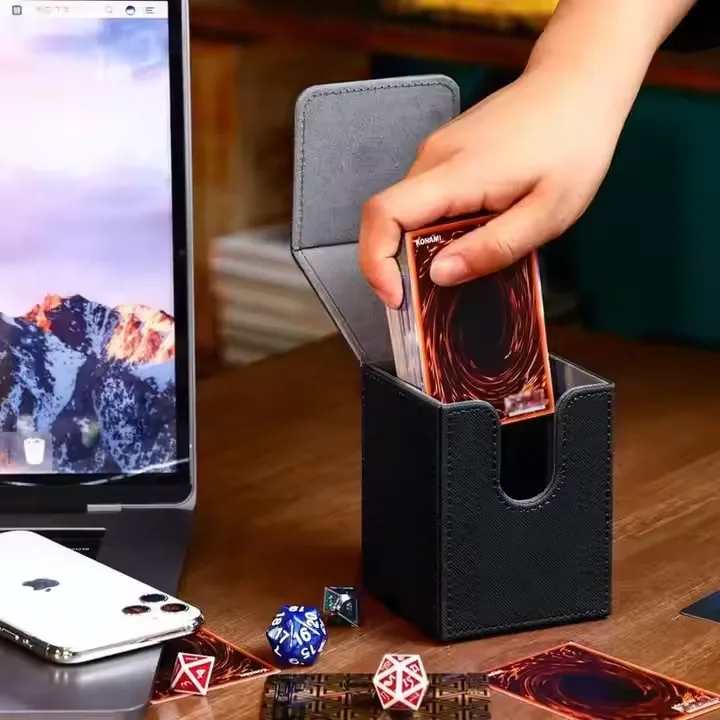
Boxed Brilliance: How Packaging Streamlines The Supply Chain From Concept To Consumer
Boxed Brilliance: Packing Product Moves in the Supply Chain
Boxed Brilliance: Packing Product Moves in the Supply Chain From Concept to Consumer
We are increasingly more efficient, and for some companies efficiency is becoming a necessity in the world of global commerce rather than just a luxury statement. The transportation of products from the manufacturer to the consumer involves cumulative, sophisticated, choreographed operations from different companies at different stages.
One company performs its operations in a consistent and set way that works for it and delivers valuable products to consumers. The next company gets the packaged product out of the first company and delivers its own services efficiently.
Packaging. Packaging is the default critical element of our supply chain. First and foremost, packaging is no longer just a wrapper or box and second, it has become a part of strategic thinking and producing tangible value along with defining risks associated with the latter.
This blog post goes to the full length from concept to delivery and illustrates the way packaging and logistics can work together in the supply chain in a manner that allow respondents to streamline operations, reduce cost and provide additional value to their customers. Unwrap full story below.
The Function of Packaging in a Modern Supply Chain
In today's world of global commerce, the world of the supply chain serves as an important driving engine of that commerce. Packaging is now no longer an afterthought of a it is an important component of the strategy to ensure products are: protected (from damage), traceable (in the supply chain), compliant (with government and end-user policies) and price-efficient to transport it (from a supply point to end market).
These suppliers of raw materials all the way to the delivery agent in the last mile require both packaging and logistics systems, in many case organizational cultures, in alignment to minimize the issue of mistakes, waste and delays in an increasingly complex world (US Consumer Goods supply chain). Good packaging execution form many parts of the world will do much more than enclose the good; it should provide a more efficient, responsive, and cost-effective delivery.
Before the Packaging: Expanding the Concept
The decisions about packaging start as soon as the product is considered a concept. Today, brands design packaging simultaneously with product development. Why? Because the size, shape, materials, and labeling decisions created at the beginning of the process affect the downstream process, including transportation and storage, shelf placement, and more.
The earlier businesses integrate the packaging strategy, the better opportunities for cheap supply chain packaging solutions that lower freight costs, increases available storage, and optimizes labor at all touch points. Early packaging strategy integration allows companies to avoid costly production changes and holdups later.
Towards Durable Efficiency
Once the package has been conceptualized, engineering for strength and efficiency happens next. Packaging must be durable without extra weight or complexity throughout transport or storage.
Durability avoids product loss and damage which reduces returns and waste. Efficiency creates packaging that can be handled easily, stacked easily and stored easily, which is an overall advantage to packaging and logistics performance.
Customization: The Benefits of Bespoke Packaging Solutions
Mass production doesn't always imply "one size fits all." Customization allows packaging to be designed to the needs of the product and customer. For example, retail pallet displays are nice examples of packaging that marries branding, storage, and shelf-ready solution as part of its package.
This type of customized solution is not only great looking, but it also limits unnecessary handling, facilitates the stocking process, and makes the product more visible and marketable at the point of sale. This is advantageous for retailers since the reason they are in business is to sell a product, and with packaging that fits within the functional logistics of merchandising we have a functional packaging solution with an aesthetically pleasing design.
The Increased Value of Packaging for Warehouse and Stock Management
Packaging helps greatly in the functioning of warehouse operations. Packaging assists in not just the shipment of a product, but it can streamline tracking and inventory management too. Uniform packaging goes a long way to assist in automated sorting, scanning and racking in an assorted group of products, and is especially effective in a high-venture situation.
Use of visible labeling, bar coding, and RFID items can deliver needs assessment for delivery, and can provide data for improved accuracy while minimizing picking errors - and maximizing throughput. Well-executed packaging can also help the warehouse staff think as functionally as possible, and makes for a "smarter" warehouse.
Shipping and Transportation Optimization
Transportation is the largest expense in any supply chain. Luckily, packaging directly affects how much "stuff" is being transported. The effectiveness of palletization, load optimization, and cube utilization are all determined by smart packaging design.
Smart packaging solutions allows supply chain packaging to minimize air space in shipping containers, reduce trucks needed, and have lower fuel consumption. This not only reduces costs, but reduces the environmental footprint; both are strong advantages in a conscious consumer market.
Packaging as a Marketing and Retail Resource
Packaging is more than just packaging, it is a silent salesman on the shelf. Brands can use custom retail pallet displays to capture the consumer's attention, reinforce the brand identity, and create impulse purchases without the help of retail staff.
Retailers increasingly want products shipped shelf-ready. Smart packaging solutions are designed to provide merchandising convenience, be quicker to set up, and present the product at its best every time it is presented to the consumer. That is not packaging that is performing marketing.
Green & Smart Packaging Innovations
Sustainability is leading innovation throughout the supply chain and packaging is leading the way. Brands are embracing more sustainable materials, simple designs, and reusable containers as both consumers and regulations become stricter on sustainability.
Godsends like renewable plastic, hydro-processed cardboard, and modular designs, enable innovation without negatively affecting the environment or logistics. When sustainability provides both low costs, great corporate image, and compliance with international standards, businesses win.
The Future Packaging and Logistics in a Digital Supply Chain
In the near future, we expect further advancements to wholescale packaging and logistics in a digital supply chain. In direct cost and service, digital technologies like "internet of things" sensors, QR code for reporting, or smart labels will offer real-time transparency on the entire product journey.
Digital packaging allows a company to track progress, predict future trends, and respond in real time to issues as they arise. With packaging and logistics systems becoming increasingly connected, companies will gain even greater levels of insight, control, and speed to adjust to customer demands.
Conclusion: The Journey Begins with the Box
Packaging is a strategic enabler of supply chain excellence—not merely an operational detail. In terms of concept, transit, delivery, and everything in between, packaging can streamline processes, improve visibility, serve marketing objectives, and achieve sustainability goals.
Companies that invest in intelligent packaging solutions for their supply chain can expect to achieve more speed, more resiliency, and more profit. In a world where customers are demanding greater speed, perfection, and sustainability for their deliveries, packaging can be your competitive advantage.




